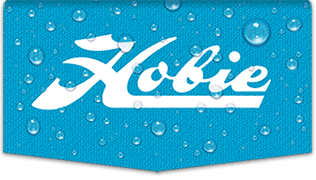So, never mind that these fin masts are bent. A submerged rock hit my mirage drive fins and bent them

I dropped the fins and removed the masts to straighten them.
These were new replacements that were installed 6 months ago.
I had a fin mast failure last October and replaced both with two new ones. One was purchased in October and the other one was from a Hobie Turbo Mirage drive repair kit, approx 2 years old
I was very surprised to find so much corrosion on the fin masts in 6 months. When installing this last set, I applied a coating of Superlube grease (synthetic) hoping that it will help prevent corrosion.
I mostly kayak in saltwater and thoroughly rinse off everything after every trip.
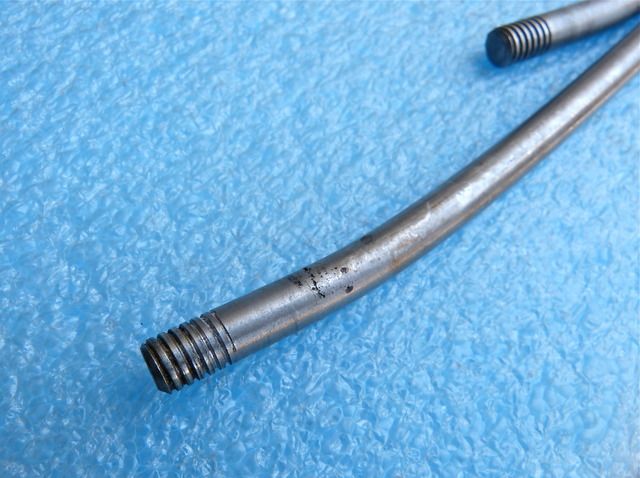
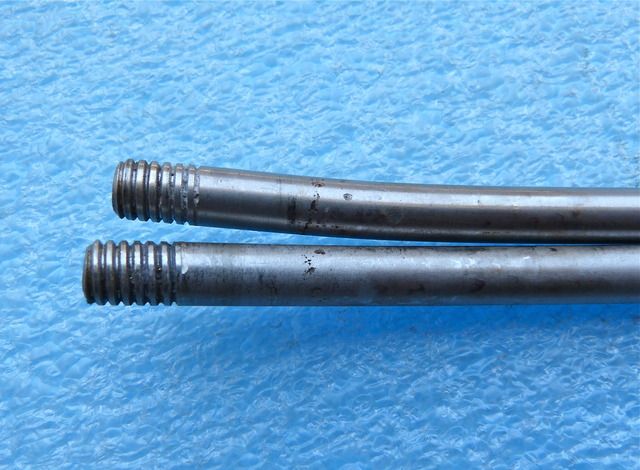
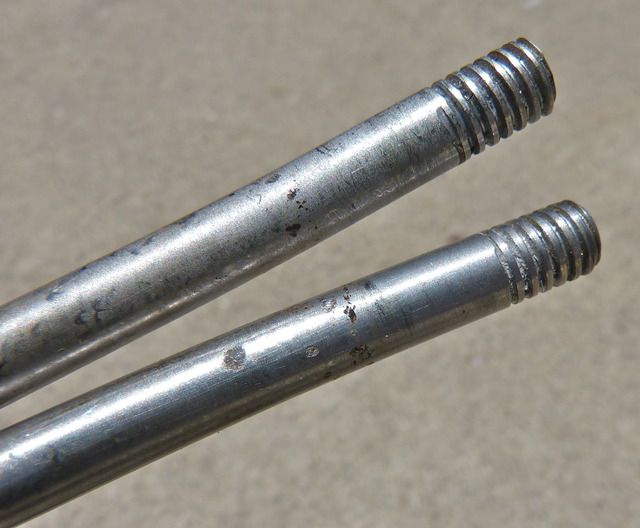
If you look at the last picture ^^^^ you will notice that there are round surface corrosion areas, along with the rusty crack that is developing
The reason for my concern is that I am convinced that the first mast failure was caused from deep corrosion after 3 years of usage as seen in the pictures below
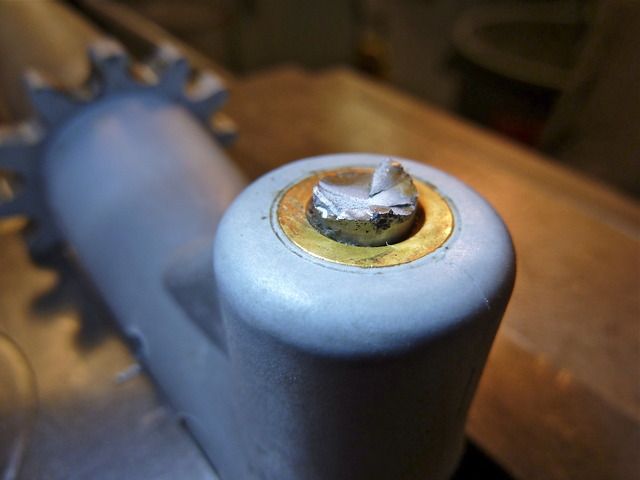

This is the other mast that didn't fail that is 3 years old, and that I replaced with the new ones 6 months ago
 So, my question is: Is there a reason that the 17-4 stainless fin masts are corroding in such a short amount of time?
So, my question is: Is there a reason that the 17-4 stainless fin masts are corroding in such a short amount of time?



